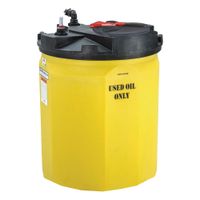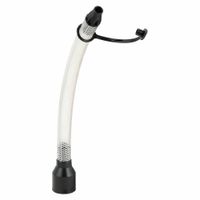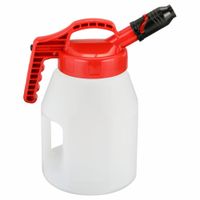- Home
- Lubrication
- Oil Storage Dispensing Systems
.....Read More
Frequently Asked Questions
1. What are the best practices for storing oil in bulk storage tanks?
2. How do oil storage and dispensing systems prevent contamination?
3. What are the benefits of using brand-compatible transfer lids for oil storage containers?
4. How can I ensure proper organization of lubricants in a workshop?
5. What types of extension hoses are recommended for oil dispensing systems?
6. How do hand pumps work in oil dispensing systems?
7. What are the key features to look for in oil storage containers?
8. How do I maintain and clean oil storage and dispensing systems?
9. What are the safety considerations when using bulk oil storage tanks?
10. How can I improve the efficiency of oil dispensing in a facility with heavy oil usage?


